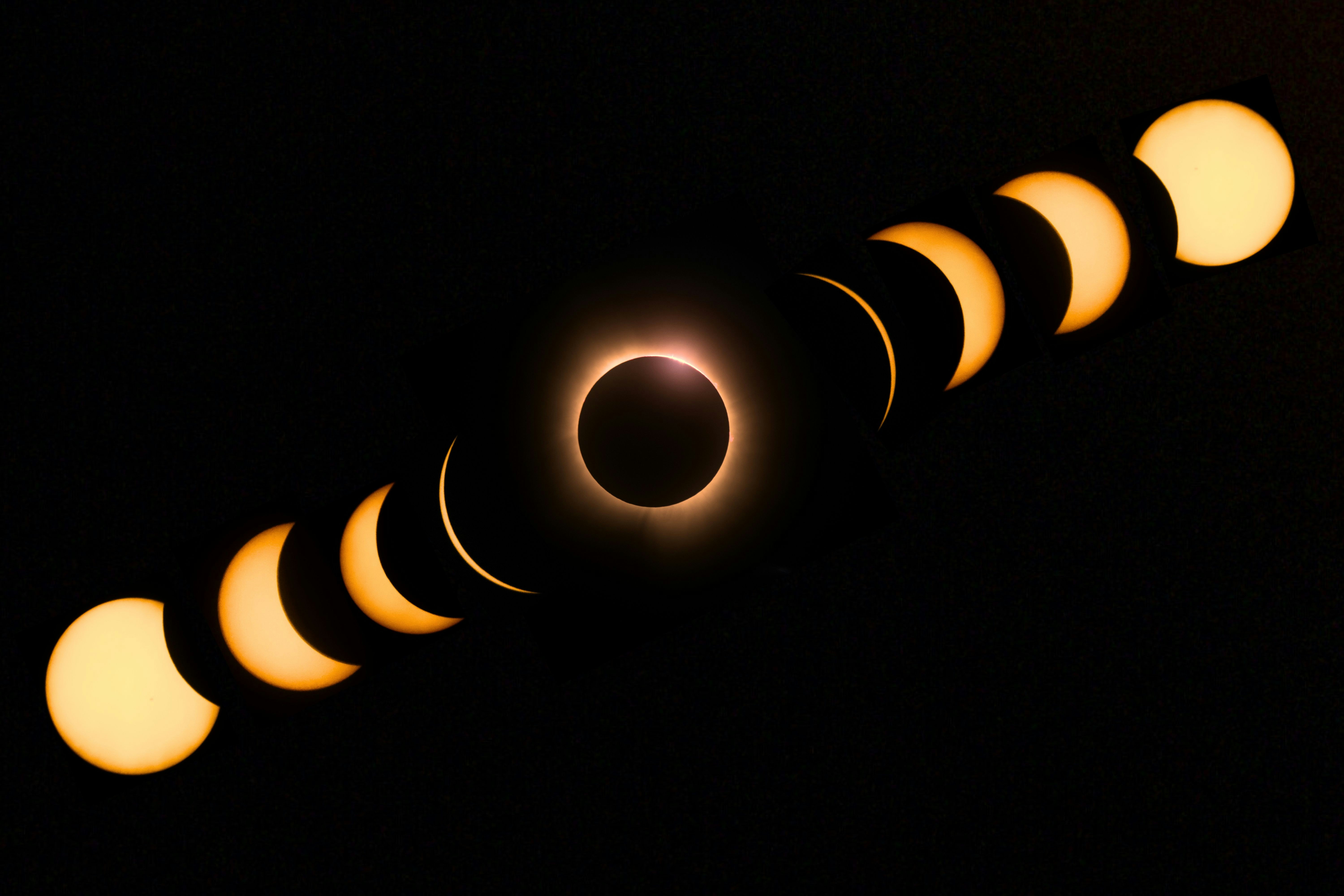
Cultural Relevance
Have you ever gazed up at the night sky, entranced by the moon’s ethereal beauty? Its journey from the slim crescent of the new moon to the glowing fullness of the full moon, and back to the mystifying black moon, paints an ever enchanting picture across the heavens that has guided and inspired humanity for centuries. Personally, I find each phase of the moon mesmerizing, a guiding light that stirs a deep sense of wonder and reflection that motivates me in my day to day life.
The moon’s phases have long been celebrated for their cultural and spiritual significance, serving as a celestial clock that influences our lives in many ways. Let’s dive into why the moon, in all its phases, is adorned across different cultures through cultural practices. Let's explore the cultural significance of these phases.
Cultural Importance:
Greek Mythology: In Greek mythology, the moon was personified as Goddess Selene. Selene was associated with femininity, fertility, and the natural cycles of growth and decay. Her influence was thought to affect the tides, plant growth, and human fertility. Offerings were made to her to seek her blessings for fertility, protection during the night, and guidance in personal matters.
Roman Civilization: In the Roman Civilization, Luna represented the passage of time and the natural cycles of the Earth, including the agricultural calendar. Her phases were linked to planting, harvesting, and other agricultural activities. Her spiritual powers were believed to influence dreams, emotions, and psychic abilities. People sought her guidance in matters of intuition and foresight. Luna had temples dedicated to her, such as the Temple of Luna on the Aventine Hill in Rome.
Native American Cultures: Lunar phases structured calendars and agricultural practices, with each phase believed to impact nature and human activities. For instance, the Algonquin Tribe named each full moon of the year to mark the changing seasons to guide their agricultural activities. Like the "Strawberry Moon" in June signaled the time to harvest wild strawberries, while the "Harvest Moon" in September indicated the best period for gathering crops like corn, squash, and beans.
Chinese Culture: The Mid-Autumn Festival celebrates the full moon on the 15th day of the 8th month of the lunar calendar, symbolizing family reunions and harmony. The festival dates back over 3,000 years to the Shang Dynasty (1600-1046 BCE). The most famous legend associated with the Mid-Autumn Festival is the story of Chang'e, the moon goddess, and her husband, Hou Yi. Hou Yi was a skilled archer who shot down nine of ten suns to save the Earth from scorching heat. He received an elixir of immortality, which Chang'e drank to save it from being stolen, causing her to ascend to the moon. Another legend tells of a jade rabbit that lives on the moon with Chang'e, pounding the elixir of life.
Islam: In Islam, the moon held practical importance for the nomadic tribes of Arabia, who relied on lunar phases for navigation and timing. The Prophet Muhammad's migration (Hijra) from Mecca to Medina, marking the start of the Islamic calendar, marks the moon's importance in Islam. The Islamic calendar, known as the Hijri calendar, is purely lunar, consisting of 12 months in a year of 354 or 355 days. And, the start and end of Ramadan, the holy month of fasting, is determined by the sighting of the crescent moon where the Muslims fast from dawn to sunset, seeking spiritual growth and closeness to Allah.
Conclusion:
The phases of the moon, with their beauty and cyclical nature, serve as a practical reminder of the interconnectedness of all life. Across civilizations, the cultural and spiritual practices offer guidance, inspiration, and a touchstone for rituals that honor the very ebb and flow of human existence.